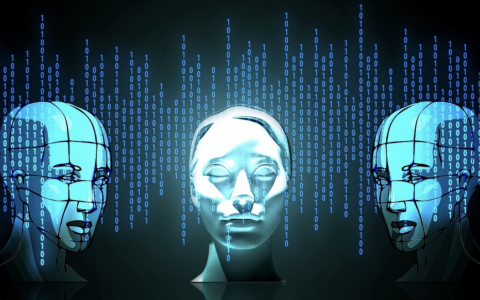
AR and VR are still in the growth phase of development with billions of R&D and content money being poured in annually.
A lot of that money is being invested in technologies to improve the experience as the current experience is, well, rough.
There is a multitude of technologies that can help the immersive technology industry to move forward with AR and VR. Some of those technologies have to do with the display or wireless communications to make the experience better than it is today. However, one of the most promising technologies that have the potential of helping to solve many problems at once is eye tracking.
Eye tracking has the promise of helping to not only help solve human interface problems with AR and VR but also to improve the overall visual quality of AR and VR experiences.
If you want to a deep dive now, please feel free to read our whitepaper (free/no sign up) here.
Eye tracking used today
Eye tracking already exists in many applications today in both consumer and enterprise markets with some of the most publicly-facing implementations being eye tracking for eSports gaming.
Companies like Acer, Dell’s Alienware, and MSI have adopted eye-tracking technologies in notebooks and monitors to give eSports viewers the ability to see what professional eSports players are looking at while competing.
These technologies eventually waterfall into the final consumer products that can help gamers better understand their behavior and interface with their computers.
Foveated rendering
The use of eye tracking in AR and VR has lots of benefits with one of the first being foveated rendering. As the resolutions of XR (AR, VR, MR) displays continue to increase to add to the realism, there will be a need to not render the entire volume of the pixels on display and only to render what the user sees.
Otherwise, having 8K and 16K displays in VR headsets will be virtually impossible to be driven by nearly any GPU in the market in the foreseeable future.
IPD (interpupillary distance)
In addition to foveated rendering, eye position is crucial for AR and VR because the eye position will determine how sharp someone perceives the image on display, regardless of resolution.
Eye position includes measurements like IPD (interpupillary distance) which determines how far apart someone’s eyes are from one another, a crucial measurement in ensuring that everyone gets the best possible image quality.
Because everyone’s IPD is different, having an eye tracking system that can adjust quickly and easily based on eye position will make AR and VR easier and better long term. Currently, each user must manually adjust with knobs or sliders to eventually what they believe to be the sharpest looking IPD measurement.
Every time I do a HoloLens demo, I need to get my IPD checked, which is a bit of a pain.
User identification
User identification is also another useful application for eye tracking because it translates to much more seamless user experience when using an AR or VR headset.
User identification through eye tracking means that multiple users can easily share a headset and not worry about having to load their configuration (including IPD) as the headset will be able to scan their irises and identify who they are and adjust settings accordingly.
User ID through eye tracking can also make transactions in VR much easier because now a user doesn’t have to try to type in a password or a credit card number, they can just get authorization automatically because they have been identified by eye tracking.
Wrapping up
The XR experience is not where it needs to be and the industry needs to throw as much technology and relevant content to make it more enjoyable, engaging and eventually mainstream. Eye tracking is one of those technologies.
There are many factors that go into building a quality eye tracking solution and important metrics to consider when looking for a partner when building a VR headset with eye tracking.
If you’d like to learn more about eye tracking and its benefits and our point of view on how to select a partner for a solution, please feel free to read our whitepaper (free/no sign up) here.



